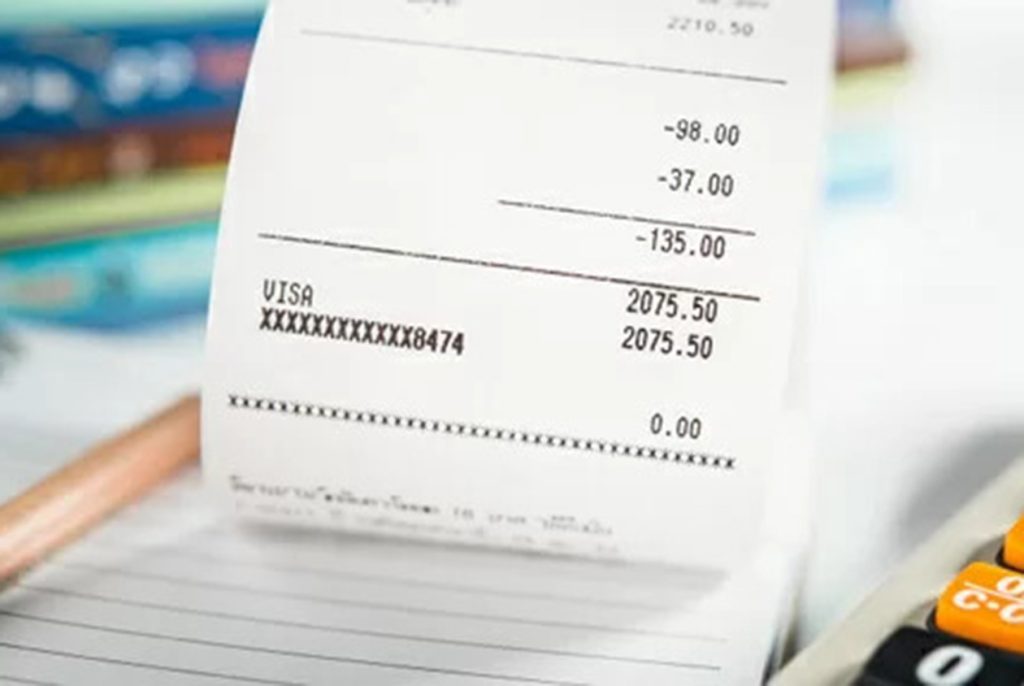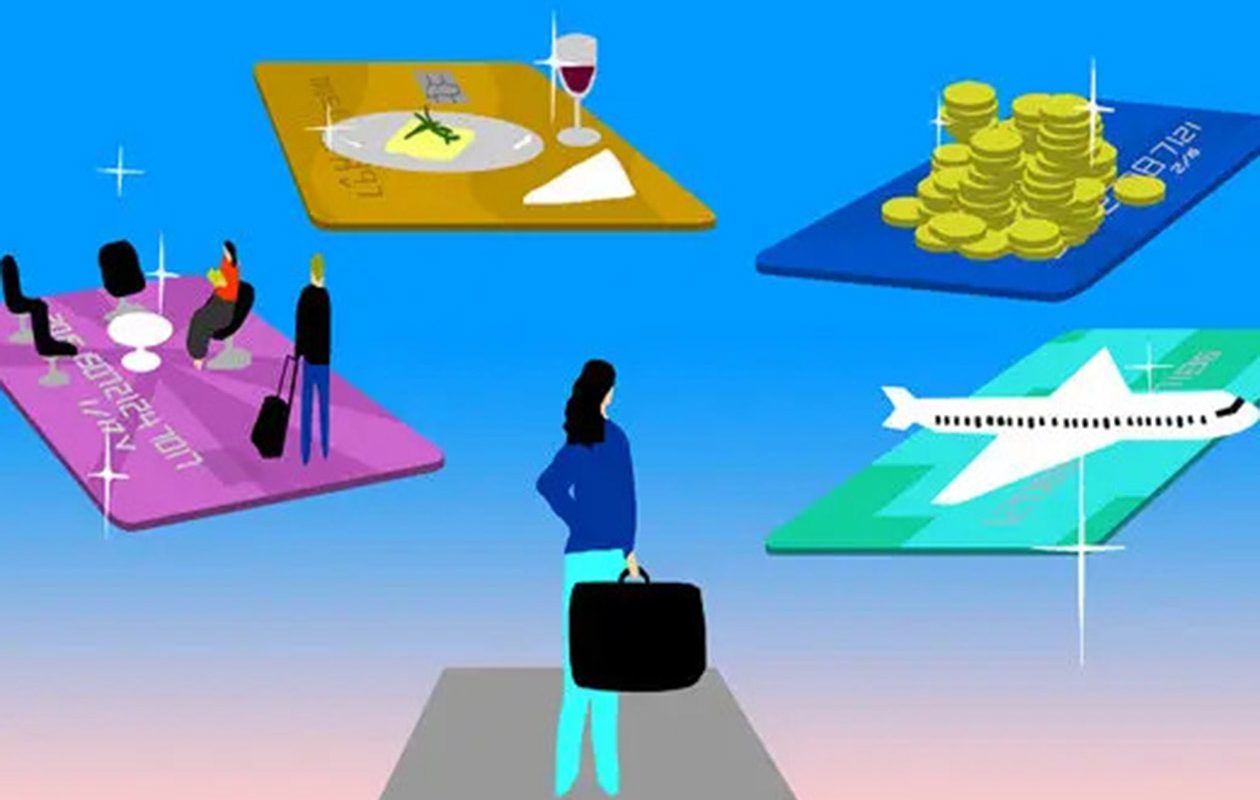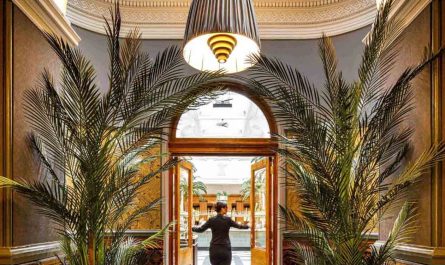Travel diaries are not only about the places we explore but also about the small, often overlooked details that shape the journey. On my recent trip to Birmingham, one such detail was surprisingly crucial: the credit card I carried. What might seem like a simple tool for payments turned into a strategic companion that helped me save money, earn rewards, and travel more comfortably. This is a complete guide to choosing and using cashback and rewards credit cards during a trip to Birmingham, written through the lens of lived experience.
First Impressions of Birmingham
Arriving in Birmingham, I was immediately drawn into the balance of industrial heritage and modern energy. The canals, the bustling shopping areas like Bullring, and the eclectic dining scene each had their own way of pulling me in. But before diving into those experiences, I realized that every cup of coffee, every ride on public transport, and every hotel check-in could either quietly drain my budget—or work in my favor if I paid with the right credit card. That awareness shaped the rest of my stay.

Why Credit Cards Matter When Traveling
Many travelers underestimate how much difference the right credit card can make. In a city like Birmingham, where contactless payments are everywhere—from small cafés along the canals to high-end boutiques in the Jewellery Quarter—your credit card is your constant travel companion. The benefits go beyond convenience:
- Cashback savings: A small percentage back on every purchase adds up quickly across meals, transport, and shopping.
- Reward points: These can be redeemed later for flights, hotel stays, or even dining experiences.
- Travel protections: Delayed flights, lost luggage, or even unexpected medical needs can often be covered.
- No foreign transaction fees: Essential if you’re visiting Birmingham from abroad.
Setting the Stage: Choosing the Right Card
Before the trip, I compared several cards, focusing on a few categories:
- General cashback cards – offering a flat percentage back on all purchases.
- Travel-focused cards – rewarding spending on flights, hotels, and dining.
- Specialty cards – like those tied to an airline or hotel chain, which can be useful if you’re loyal to a particular brand.
The winning combination was carrying two cards: one general cashback card for daily use, and one travel rewards card for big-ticket expenses like flights and hotel bookings.
Everyday Spending in Birmingham
Coffee and Dining
Birmingham is an underrated city for food lovers. From street food at Digbeth Dining Club to refined dining at Michelin-starred restaurants, the options are endless. I made it a point to pay with my cashback card every time I grabbed a flat white or sampled local dishes like balti curry. By the end of my stay, the cashback had nearly covered an entire extra meal.
Shopping at Bullring & Grand Central
Bullring is a paradise for shoppers, whether you’re eyeing designer boutiques or high-street fashion. Using my travel rewards card here earned me points that I later redeemed toward my flight home. Many stores also accepted contactless payments up to a generous limit, so tapping and earning rewards felt seamless.
Public Transport
Getting around Birmingham was straightforward with buses, trams, and trains. Since most ticket machines and transit apps accept cards, I avoided fumbling for change. The cashback from these smaller, frequent purchases was modest, but consistent.
Hotels and Accommodation
Booking accommodation is one of the largest expenses in any trip. Birmingham has a mix of options—from boutique stays near the Jewellery Quarter to luxury hotels in the city center. I booked mine in advance with my travel rewards card, earning thousands of points. Some cards also offer complimentary hotel upgrades or late check-out privileges, which turned out to be more than just perks—they enhanced the quality of my stay.
Flights: Maximizing Points
Even before arriving in Birmingham, the journey began with the flight. Using a co-branded airline card helped me secure priority boarding and free checked baggage. The points I earned from the ticket purchase went directly into my frequent flyer account, adding to the rewards I accumulated during the trip. Pairing this with airport lounge access (a benefit from my travel card) made the wait before departure far more comfortable.
How Cashback Added Up
At first glance, 1% or 2% cashback might not seem like much. But when I totaled the spending from the trip—meals, shopping, transport, and entertainment—the cashback balance was enough to fund part of my next adventure. Here’s a breakdown of where it came from:
- Dining and cafés: daily expenses that accumulated steadily.
- Shopping: big-ticket purchases boosted the cashback.
- Entertainment: concert tickets and museum entries were small wins that added up.
The real takeaway was that consistent use matters. A few pounds here and there turned into a meaningful sum by the end.
Travel Protections in Action
One evening, my return train from a day trip outside Birmingham was delayed. While it wasn’t a major inconvenience, I was reminded that if it had been a flight, my travel rewards card would have covered meals and even hotel accommodations in some cases. Knowing that safety net was in place gave me peace of mind throughout the trip.
Avoiding Hidden Costs
A big mistake some travelers make is using cards that charge foreign transaction fees. These fees can quietly add 2–3% to every purchase. Thankfully, both of the cards I carried waived such charges, so I was free to pay with confidence everywhere. In a city like Birmingham, where digital payments are so ingrained in daily life, avoiding those fees was essential.

The Synergy of Two Cards
The true magic of this strategy came from pairing a cashback card with a travel rewards card. Here’s how it worked:
- Cashback card: everyday purchases like coffee, local transport, and casual dining.
- Travel rewards card: flights, hotels, and higher-end dining experiences.
By splitting my spending this way, I maximized both the immediate return (cashback) and the long-term rewards (points for future travel).
Tips for Fellow Travelers
- Check acceptance: While most of Birmingham accepts cards, carrying a small amount of cash for markets or smaller vendors is wise.
- Activate contactless payments: It speeds up daily transactions and is widely supported in the city.
- Know your card’s bonus categories: Some cards give extra points for dining or travel—use them strategically.
- Track your rewards: Use your bank’s app to monitor cashback and points in real time.
- Use built-in insurance benefits: Read your card’s fine print so you know what coverage you already have.
Reflecting on the Journey
When I look back on my trip to Birmingham, I remember the charm of the canals, the excitement of live music, and the unexpected warmth of the city. But I also remember how smoothly the trip went financially because I planned my credit card strategy in advance. Rather than worrying about fees or missing out on benefits, I was free to immerse myself in the city.
Cashback and rewards might sound like small details, but they shaped my travel story in subtle, powerful ways. Every tap of the card became more than a transaction—it became part of a larger strategy that turned spending into saving, and experiences into future opportunities.
Travel is about more than the destination; it’s about how we navigate the journey. Birmingham offered me a rich tapestry of history, culture, and modern life, and my choice of credit cards allowed me to enjoy it without financial stress. From the canals that wind through the city to the bustling markets and the energy of its shopping districts, I found that every experience was smoother when I knew I was getting something back in return—whether it was cashback, travel points, or simply the peace of mind that came with good coverage.
One of the highlights of my trip was exploring Birmingham’s legendary Jewellery Quarter. Surrounded by glittering displays and family-run shops, I felt comfortable making purchases because my card offered both purchase protection and cashback. It transformed what could have been just another shopping trip into a rewarding experience—both emotionally and financially. Similarly, when dining in the city’s diverse food scene, from Michelin-starred restaurants to cozy curry houses, my rewards card meant every meal carried a little extra value. Each transaction was more than just an expense; it was a step toward future travel opportunities, thanks to accumulated points.
Accommodation was another area where the right card made a difference. By booking my hotel with a travel rewards credit card, I not only earned bonus points but also enjoyed perks like late check-out and complimentary Wi-Fi. Those small touches added to the comfort of my stay and made me appreciate how much strategy plays into the art of travel. Even transportation within the city became easier, as my card worked seamlessly with local services and ride-hailing apps, sparing me the hassle of carrying too much cash.
What I realized is that the right card isn’t just a payment method—it’s a travel companion. It works silently in the background, helping you save, earn, and even stay protected. Without it, I would still have enjoyed Birmingham, but the experience would have felt less efficient, less rewarding, and perhaps even a bit more stressful.
So if you’re planning your own Birmingham journey, take time to consider which credit cards to bring. The benefits go far beyond the numbers—they shape the way you explore the city. When your payments are working as hard as you are, every museum visit, every dinner, and every shopping trip becomes more than a moment—it becomes part of a bigger, smarter, and more rewarding adventure.




